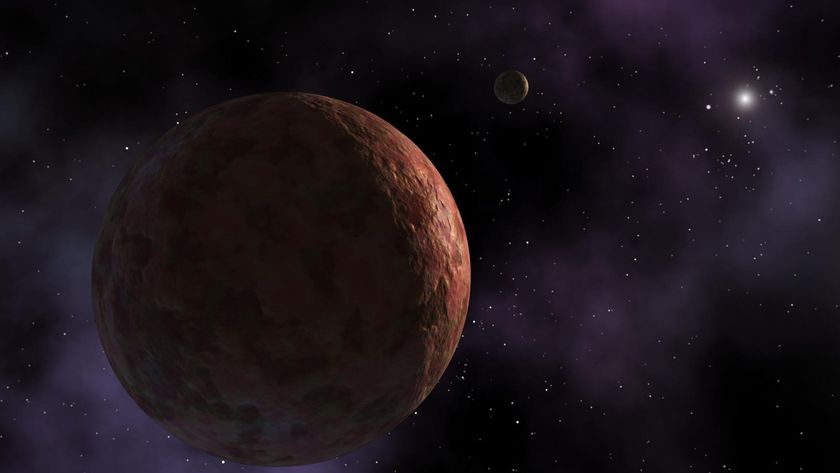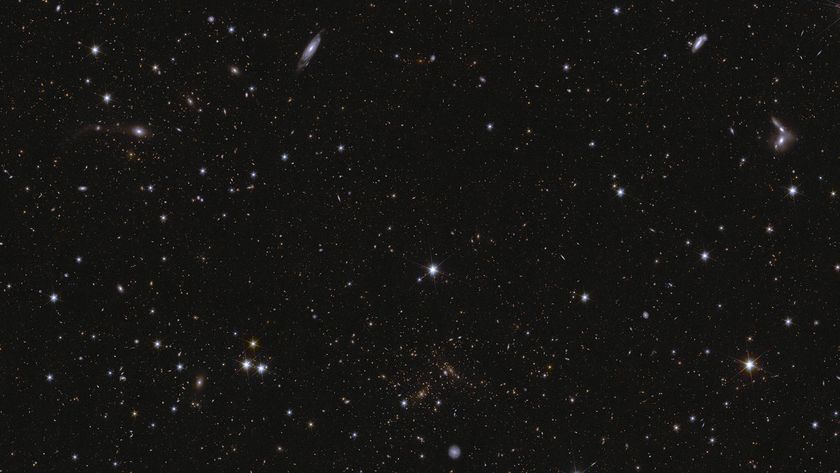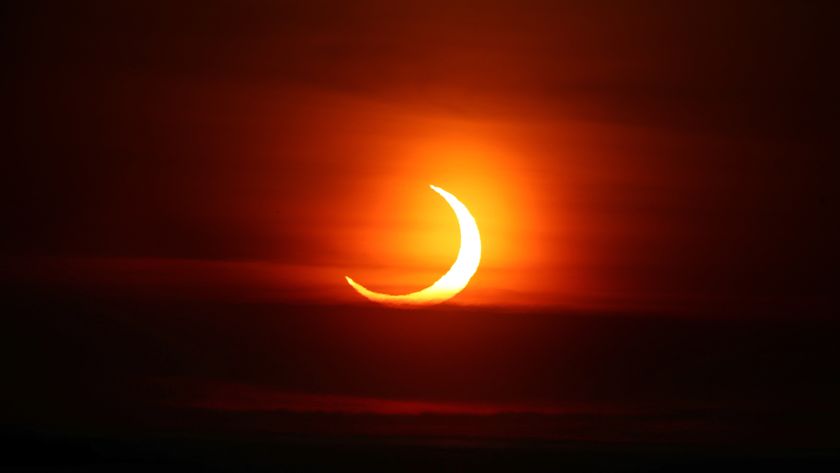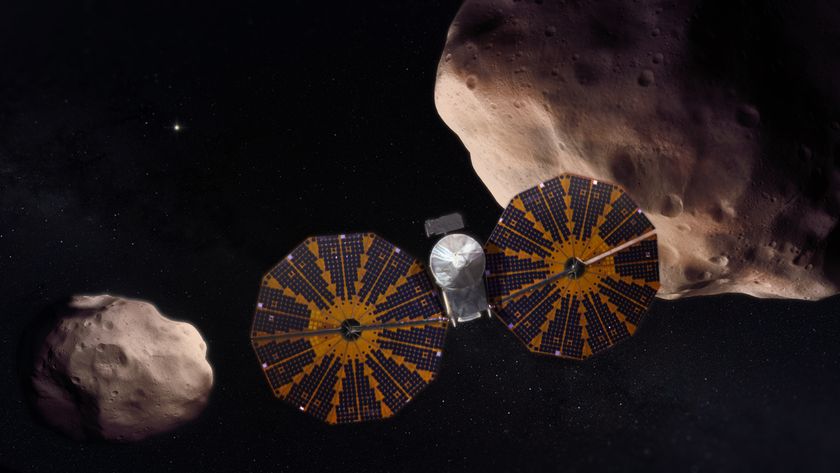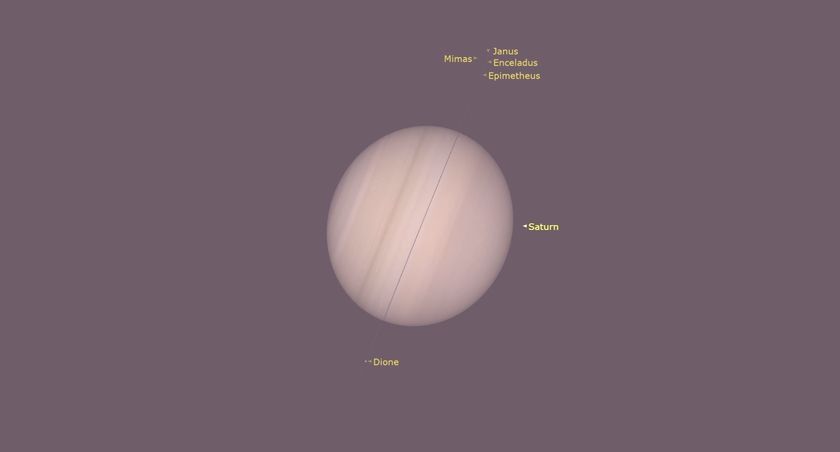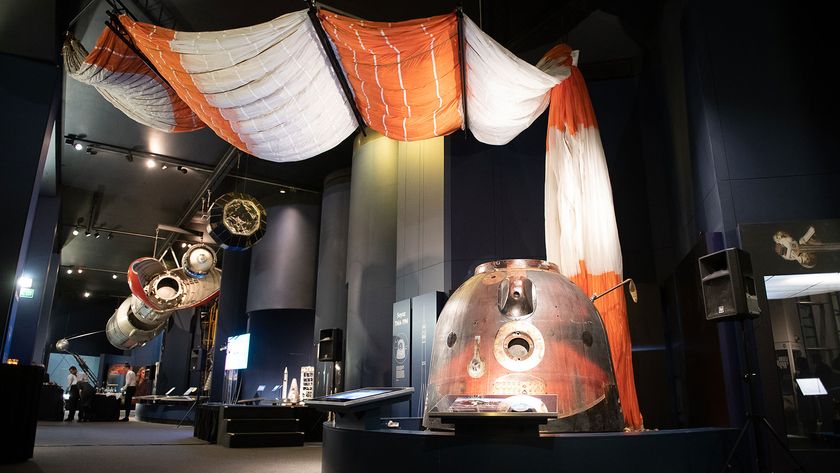Cosmic 'MUSE': Space Photos from High-Tech Telescope Tool (Gallery)
Transit of Europa Across Disc of Jupiter MUSE Video Still
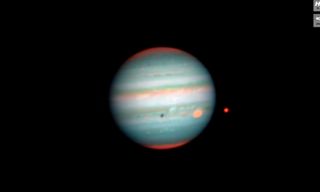
This is a screenshot of a video sequence created from many separate MUSE observations of the planet Jupiter during a transit of the moon Europe and its shadow. To make the pictures for this time-lapse movie selected regions of the spectrum were extracted to form a set of color images. They were selected to correspond to the wavelengths associated with methane absorption in Jupiter's atmosphere. This image was released March 2014.
MUSE Look at Orion Nebula
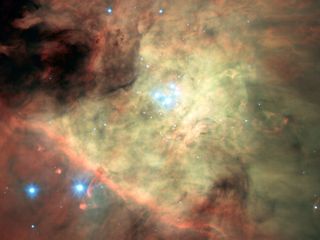
This color composite of the Orion Nebula was created from data from the new MUSE instrument on ESO’s Very Large Telescope. For each part of this spectacular star formation region this new instrument splits the light up into its component colors — revealing in detail the chemical and physical properties of each point. This picture is based on a mosaic of many MUSE datasets that were obtained soon after the instrument achieved first light in early 2014. The image was released March 2014.
MUSE Image of NGC 4650A

This picture is based on data on the polar ring galaxy NGC 4650A that were obtained soon after the MUSE instrument achieved first light in early 2014. This colour view was created by collapsing the 3D MUSE data into three sections that were coloured blue, green and red. This approximates the natural colours of the object.
MUSE Color-Coded Image of NGC 4650A
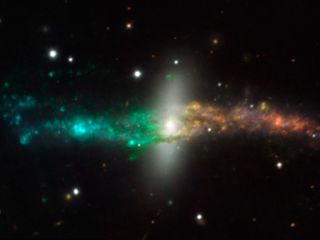
This color composite of the unusual polar ring galaxy NGC 4650A was created from data from the new MUSE instrument on ESO’s Very Large Telescope. For each part of this spectacular galaxy this new instrument splits the light up into its component colors — revealing in detail the chemical and physical properties of each point. This picture is based on a mosaic of three MUSE datasets that were obtained soon after the instrument achieved first light in early 2014. This image was released March 2014.
MUSE Views Galaxy NGC 4650A
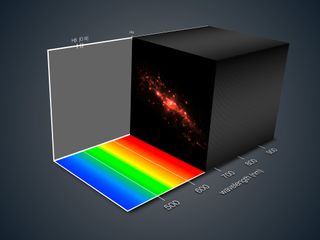
This view shows how the new MUSE instrument on ESO’s Very Large Telescope gives an innovative three-dimensional depiction of a distant galaxy. For each part of the galaxy the light has been split up into its component colors — revealing not only the motions of different parts of the galaxy but also clues to its chemical composition and other properties. This picture is based on data on the polar ring galaxy NGC 4650A that were obtained soon after the instrument achieved first light in early 2014. This image was released March 2014.
MUSE Eyes Orion Nebula
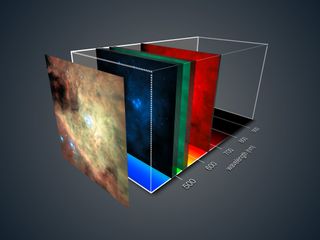
This view shows how the new MUSE instrument on ESO’s Very Large Telescope gives a three-dimensional depiction of the Orion Nebula. For each part of this spectacular star formation region the light has been split up into its component colours — revealing in detail the chemical and physical properties of each pixel. This image was released March 2014.
MUSE Attached to Very Large Telescope
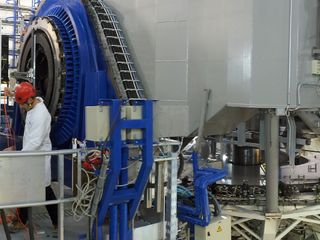
This view shows the VLT Unit Telescope 4 inside its enclosure. The telescope itself appears in the center and the new MUSE instrument on the left. This image was released March 2014.
Get the Space.com Newsletter
Breaking space news, the latest updates on rocket launches, skywatching events and more!
MUSE Instrument at Night
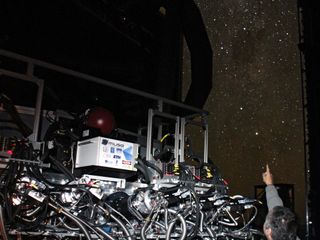
This dramatic night time view shows the MUSE instrument in the dome of the VLT Unit Telescope 4. The telescope tube appears at the top of the picture and MUSE is seen glinting in the foreground. The Milky Way shines in through the open doors of the dome. This image was released March 2014.
MUSE During Installation at ESO’s Paranal Observatory
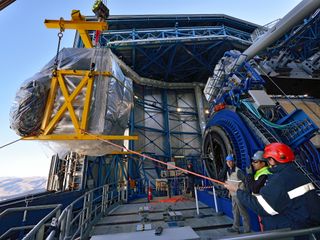
This picture shows the MUSE instrument being lifted into the dome of Unit Telescope 4 at ESO’s Paranal Observatory in Chile. This image was released March 2014.
MUSE During Installation at Paranal Observatory
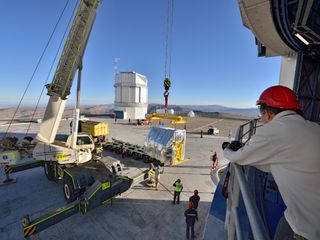
This picture shows the MUSE instrument being lifted into the dome of Unit Telescope 4 at ESO’s Paranal Observatory in Chile. This image was released March 2014.
MUSE Makes Final Ascent to Very Large Telescope
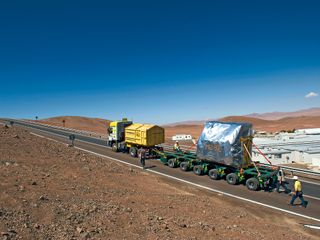
At the end of its long journey from Europe the MUSE instrument makes the slow final ascent to the summit of Cerro Paranal in northern Chile, where it was installed successfully installed on Unit Telescope 4 of the Very Large Telescope. This image was released March 2014.
Join our Space Forums to keep talking space on the latest missions, night sky and more! And if you have a news tip, correction or comment, let us know at: community@space.com.

Space.com is the premier source of space exploration, innovation and astronomy news, chronicling (and celebrating) humanity's ongoing expansion across the final frontier. Originally founded in 1999, Space.com is, and always has been, the passion of writers and editors who are space fans and also trained journalists. Our current news team consists of Editor-in-Chief Tariq Malik; Editor Hanneke Weitering, Senior Space Writer Mike Wall; Senior Writer Meghan Bartels; Senior Writer Chelsea Gohd, Senior Writer Tereza Pultarova and Staff Writer Alexander Cox, focusing on e-commerce. Senior Producer Steve Spaleta oversees our space videos, with Diana Whitcroft as our Social Media Editor.
